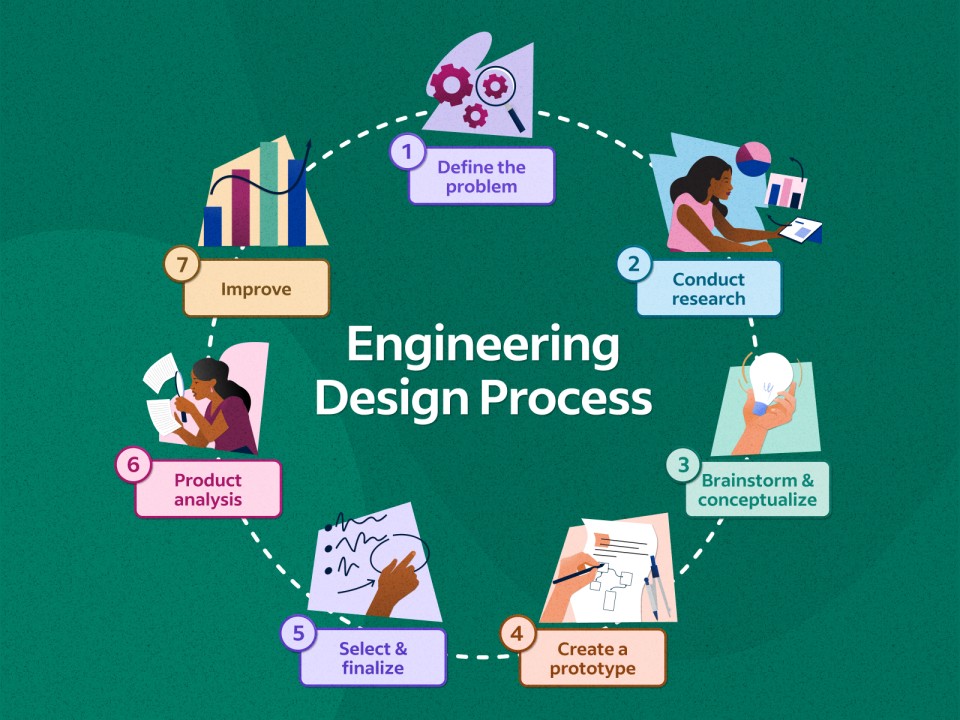Design, Build and Test: Engineering Confidence from Concept to Completion

In today’s rapidly evolving technology landscape, successful products and systems don’t emerge from chance — they’re crafted through a rigorous, repeatable process: Design, Build and Test. This tri-phase development methodology is the cornerstone of innovation, bringing structure and clarity to complex projects across industries.
1. Design: Visualizing the Solution
The design phase lays the intellectual blueprint for what’s to come. It defines the "what" and "how" — aligning stakeholder needs, user expectations, and technical constraints into a coherent vision.
Activities in this phase include:
- Requirement gathering
- Prototyping and wireframing
- Architectural planning
- UI/UX design
- Technology stack selection
Whether you're designing a payment system, mobile recharge app, or enterprise dashboard, the goal is clear: solve the right problem before writing a single line of code.
2. Build: Bringing the Idea to Life
Once the design is approved, the build phase translates it into a working product. This is where engineers and developers breathe life into diagrams and documents.
Key elements of this phase:
- Agile or waterfall implementation cycles
- Source control and versioning
- Integration with APIs and third-party services
- Collaborative development across front-end and back-end teams
The build stage thrives on accuracy, modularity, and team coordination — ensuring each component aligns with the broader architecture.
3. Test: Validating for Excellence
No product is truly complete without validation. Testing ensures that what has been built works — not just technically, but functionally, securely, and reliably.
Testing often includes:
- Unit and integration testing
- UI/UX testing
- Load and performance testing
- Regression and acceptance testing
- Automated pipelines for continuous validation
Feedback from testing often loops back into design and build, forming the iterative cycle that drives continual improvement.
Why “Design, Build and Test” Still Matters
- ✅ Reduces Time and Cost — Early error detection avoids costly rewrites
- 🔐 Improves Security and Stability — Through thorough validation
- 🌍 Supports Scalability — Designed systems handle growth more efficiently
- 👥 Enhances Collaboration — Each stage involves key stakeholders
- 🏆 Boosts Customer Satisfaction — The final product meets real-world expectations
Real-World Use Cases
- Fintech: Designing robust transaction flows, building secure APIs, testing fraud detection mechanisms
- Healthcare: From EMR systems to diagnostic tools — patient safety depends on rigorous design-build-test
- E-Government Apps: Reliable citizen portals start with smart design and rigorous testing
- Smart Energy Platforms: Integration of IoT devices with mobile dashboards demands careful planning and validation
Conclusion
Design, Build and Test isn’t just a sequence — it’s a strategy. A strategy that brings order to complexity, ensures quality at every step, and empowers organizations to innovate confidently.
In a world where user expectations are high and failure is costly, embracing this model ensures your product not only works — it wins.
Posted: Jun 19 2025, 03:51am
Reviews
Latest News
Posted: Jun 19 2025, 01:56pm
Posted: Jun 19 2025, 03:51am
Posted: Jun 19 2025, 03:48am
Posted: Jun 19 2025, 03:42am
Posted: Jun 19 2025, 03:36am
Posted: Jun 19 2025, 03:27am
Posted: Jun 19 2025, 03:23am
Posted: Jun 19 2025, 03:20am
Posted: Jun 19 2025, 03:13am
Posted: Jun 19 2025, 03:07am
Posted: Jun 19 2025, 02:58am
Posted: Jun 19 2025, 02:55am
Posted: Jun 19 2025, 02:47am
Posted: Jun 18 2025, 07:42pm
Posted: Jun 18 2025, 07:38pm
Posted: Jun 18 2025, 07:29pm
Posted: Jun 18 2025, 07:26pm
Posted: Jun 18 2025, 07:21pm
Posted: Jun 18 2025, 06:56pm
Artificial Intelligence
Posted: Jun 18 2025, 06:56pm
Business Analysis
Posted: Jun 18 2025, 07:26pm
Posted: Jun 19 2025, 03:13am
Business Analysis
Posted: Jun 18 2025, 07:26pm
Posted: Jun 19 2025, 03:13am
Business Transformation
Posted: Jun 19 2025, 02:58am
Consultation, Coaching and Training
Posted: Jun 19 2025, 01:56pm
Data
Posted: Jun 18 2025, 07:29pm
Data Analysis & Reporting
Posted: Jun 19 2025, 03:36am
Design, Build and Test
Posted: Jun 19 2025, 03:48am
Posted: Jun 19 2025, 03:51am
Design, Build and Test
Posted: Jun 19 2025, 03:48am
Posted: Jun 19 2025, 03:51am
Digital Cloud
Posted: Jun 18 2025, 07:21pm
Energy
Posted: Jun 19 2025, 02:55am
Energy & Infrastructure
Posted: Jun 19 2025, 03:27am
HR & Payroll
Posted: Jun 19 2025, 03:42am
Information Security
Posted: Jun 18 2025, 07:38pm
Infrastructure
Posted: Jun 18 2025, 07:42pm
Product Development
Posted: Jun 19 2025, 03:23am
Project Management
Posted: Jun 19 2025, 03:07am
Solution Architecture
Posted: Jun 19 2025, 03:20am
Technology
Posted: Jun 19 2025, 02:47am